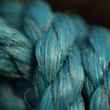Some fishermen I know are not only avid anglers, but accomplished amateur entomologists, ornithologists and botanists. I'm not one of them. Sure, I try to know my bugs because doing so has a direct tie to my success on the water, but I'm not much good when it comes to identifying birds or plants. It's not that I don't appreciate them, I do, I just haven't put in much of a study on them.
One plant that I can readily identify, however -- and one that a great number of other anglers can no doubt also spot even at a distance -- is the stinging nettle. Widespread throughout North America and Europe, the stinging nettle is quite often found growing along the edges of rivers and streams, where unsuspecting fishermen accidentally grasp or touch the plant while clambering up banks or sitting down for steam side break, only to be greeted by the nettle's intense, burning sting. As it turns out, though, nettles aren't all bad. Packed beneath those nasty stinging hairs is a great deal of nutrition, and stinging nettles aren't only edible, but delicious.



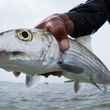
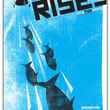

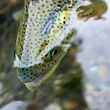








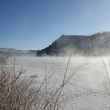
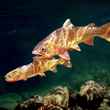



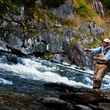
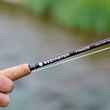



![Instructors John Juracek [left] and Brant Oswald [right] from The School of Trout (photo: Tim Romano). school of trout instructors john juracek brant oswald](https://www.hatchmag.com/sites/default/files/styles/gallery_thumbnail/public/field/image/romano-0024.jpg?itok=X_had7Jf)
